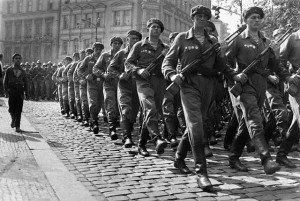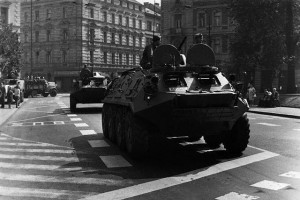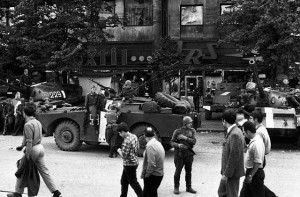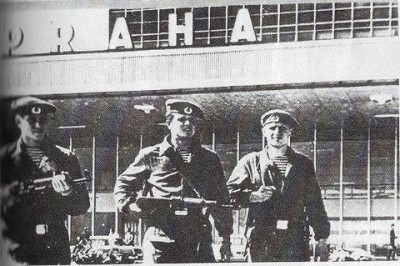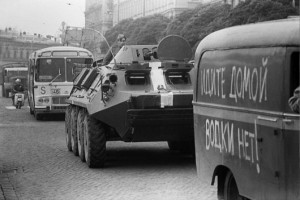At the time of greatest glory, for the existence of the USSR had troops Spetsnaz 16 separate brigades, dozens of separate sections, and rot.
Authority: the GRU (the main intelligence service of the general staff of the USSR)
Special purpose units, a minimum of 15 000 men
Assignment: exploratory actions, carried out for the purpose of disrupting the economic and military stability and morale of the enemy
Objective: obtaining information about the economic and military objects and their subsequent disposal
Methods: sabotage and subversive action, punitive operations against the rebels, control of propaganda, the establishment and training of the insurgent sections
Structure: the 16 brigades of SPETSNAZ
Each brigade assigned to the military front (16) and one brigade to one fleet (4) and one company of the intelligence services
Three regiments of in-depth survey: the Far east (1) and western Russia (2)
The composition of the brigade: three to four battalions, in each of the 3+1 company
Battalion: 20 officers and warrant officers and 95 men
Command and signal company: a company antiVIP 70 - 80 men
Credentials: assassinations of political, military and industrial leaders of the West
Authority: the GRU (the main intelligence service of the general staff of the USSR)
Special purpose units, a minimum of 15 000 men
Assignment: exploratory actions, carried out for the purpose of disrupting the economic and military stability and morale of the enemy
Objective: obtaining information about the economic and military objects and their subsequent disposal
Methods: sabotage and subversive action, punitive operations against the rebels, control of propaganda, the establishment and training of the insurgent sections
Structure: the 16 brigades of SPETSNAZ
Each brigade assigned to the military front (16) and one brigade to one fleet (4) and one company of the intelligence services
Three regiments of in-depth survey: the Far east (1) and western Russia (2)
The composition of the brigade: three to four battalions, in each of the 3+1 company
Battalion: 20 officers and warrant officers and 95 men
Command and signal company: a company antiVIP 70 - 80 men
Credentials: assassinations of political, military and industrial leaders of the West
